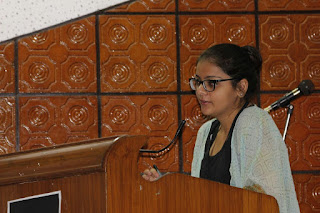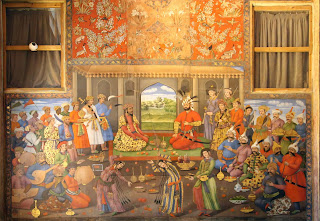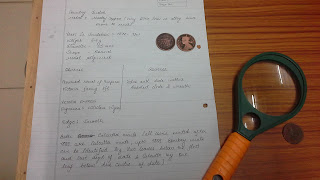Partnership Reviews: That Old Reoccurring Partnership

As early as in Season 1, two people from sister colleges (and competing sister colleges at that) were paired together for two tasks, just like the rest of their peers. What the Panel did not know back then, while making this random sorting of partners, was that this would be one of the most powerful and reoccurring partnerships on SA Volunteers. "Ideally, you partner with one person only once as a Volunteer, simply because, we want everyone to have a chance to work and interact with each other," says Shriya Gautam, who plays the head honcho of all the tasks allotted to the volunteers. This was a rule Vedant Chandel and Rakshanda Thakur were not going to follow... "Not because they are such rebels, but because, somehow, they always end up being sorted together, in the most serendipitous ways despite the best of our efforts," the Panel answers, admitting that maybe it's not such a bad thing after all. Vedant was labelled the Panel's Favourite






